Take it offline!
This Education in Motion resource is also available as a printable PDF.
Download PDF
After considering the importance of drive wheel position, often the next step in this process is deciding which seat frame will best meet the client's needs both today and down the road. As we expect power wheelchairs to suit the client for multiple years, it is important to have adaptability and adjustability in the seat frame. Consider the client's diagnosis, co-morbidities, and potential for change in function, size, and shape. Consider their skin integrity risk and how they mitigate these risks. How is the person able to perform a weight shift or position change; is this likely to change? Consider how the client gets in and out of the wheelchair; is this likely to change? Consider what activities the client wants to do while sitting in the wheelchair and what power seat functions are required to allow this participation?
The seat frame you choose will determine the weight capacity, seat size adjustability, compatibility with power seat functions, and postural support it offers. Each seat frame type will also have slightly different options for foot supports and arm supports which may affect how a client can function independently in their world.
As with all equipment decisions, there are always considerations and compromises, but hopefully by understanding the key features and benefits of each of the seat frame options, you can give advice to clients about which might best suit their lifestyle and usage.
The following compares and contrasts the specifications of QUICKIE® power wheelchair seat frame offerings. This should be considered a guide, realizing that many other wheelchair features and client goals need to be considered when recommending the entire power wheelchair.
SEDEO® UP WITH PRO ADVANCED
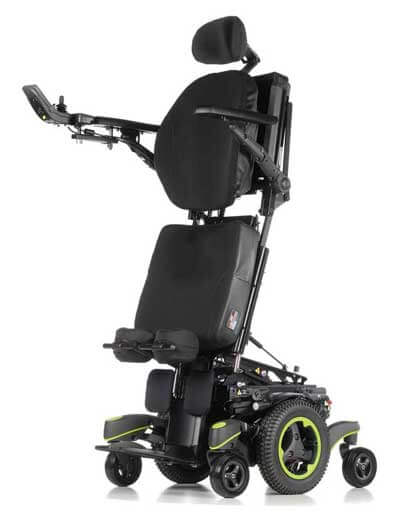
Client Usage
- Sitting all day/majority of day
Skin Protection Requirements
Skin Protection Methods
- Totally dependent on power seat functions (PSF)
- Very high need
Postural Protection Methods
- Totally dependent on multiple PSF, posture cannot be attained or maintained by a single power seat function
- Requires combination of multiple PSF positions for good postural alignment
- Requires specific positions, programmed by the combination of actuator movements for good postural alignment. These are called "Biometric Repositioning Positions"
- Requires specific standing posture due to physical, functional, or range of motion (ROM) limitation
Special Use
- Client needs standing function
- Client would benefit from power center mount legrests for management of leg position, increased maneuverability, and ease of use
Activity Participation
- Requires standing function to allow participation in activities of daily living (ADLs), instrumental activities of daily living (IADLs), or vocational tasks
- Requires specific anterior tilted position to allow participation in ADLs, IADLs, or vocational tasks
- Requires specific standing "posture" due to physical, functional, or ROM limitations
SEDEO® PRO ADVANCED
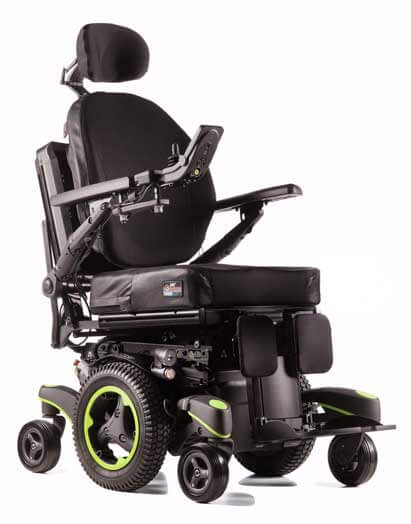
Client Usage
- Sitting all day/majority of day
Skin Protection Requirements
Skin Protection Methods
- Totally dependent on PSF
- Very high need
Postural Protection Methods
- Can manage ADLs, IADLs, or vocational tasks with combination of tilt, recline, and lift
- Requires combination of multiple PSF positions for good postural alignment
- Requires specific positions, programmed by the combination of actuator movements for good postural alignment. These are called "Biometric Repositioning Positions"
- Requires specific end position in supine or tilt/recline/power legs due to physical, functional, or ROM limitations
Special Use
- Client needs full supine function or combined actuator movements
- Client would benefit from power center mount leg supports for management of leg position, increased maneuverability, and ease of use
Activity Participation
- Requires combination of multiple PSF to allow participation in ADLSs, IADLS, or vocational tasks. These are called "Biometric Repositioning Positions"
- Requires specific positions programmed by combination of actuator positions for participation in ADLs, IADLs, or vocational tasks. These are called "Biometric Repositioning Positions"
- Requires specific end position in supine or tilt/recline/power legs due to physical, functional, or ROM limitations
SEDEO® PRO™
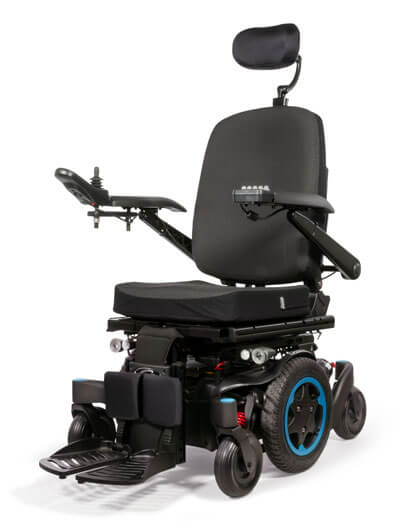
Skin Protection Requirements
Skin Protection Methods
- Dependent on PSF
- High need with potential to increase over time
Postural Protection Methods
- Can manage ADLs, IADLs, or vocational tasks with combination of tilt, recline, and lift
- Can attain good postural alignment with tilt and recline
- Because of the client's postural complexity, they would benefit from integration of the back support into the seat frame, minimizing loss of seat depth
Special Use
- Needs higher speed while in lift position to allow for safe travel in urban environments - for crossing streets within time allowed
Activity Participation
- Can participate in ADLs, IADLs, or vocational tasks with just tilt, lift, and/or recline. They do not need actuators to move together to create specific posture
- Does not require specialized programming of actuator positions for participation
- Needs higher speed while in lift position to allow participation and involvement with peers/co-workers
SEDEO® LITE
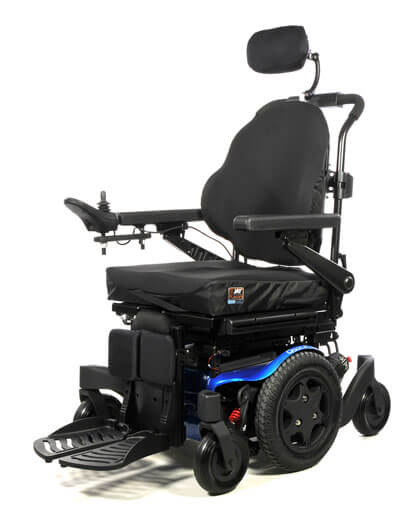
Skin Protection Requirements
Skin Protection Methods
- Client able to perform weight shift but also requires assistance from PSF
- Moderate need and stable
Postural Protection Methods
- Can attain good postural alignment with tilt
- Only needs tilt or tool-adjustable seat to back angle adjustment to maintain safe and comfortable position
- Can manage activities with just tilt and lift
Special Use
- Client would benefit from the seat frame having back canes for easy removal or back support
Activity Participation
- Can manage activities with just tilt and lift
Captain Seat
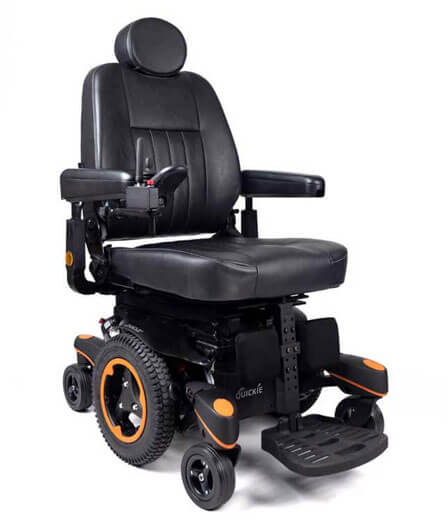
Client Usage
- Sitting shorter periods of day
Skin Protection Requirements
Skin Protection Methods
- Client able to perform weight shift but also may benefit from tilt for resting position or lift for access
- Low need and stable
Postural Protection Methods
- Can manage postural protection with tilt or lift
- Can attain good postural alignment with single PSF or without any PSF
- Can attain good postural alignment with captain seat mildly contoured back support. Because of the client's postural complexity, they would benefit from integration of the back support into the seat frame, minimizing loss of seat depth
Special Use
- Comfort would benefit from adjustable seat recline
- Can manage acitivities with tilt or lift
Activity Participation
- Can manage activities with tilt or lift
References
- Sonenblum, S., Sprigle, S., & Maurer, C. L. (2009). Use of power tilt systems in everyday life. Disability and Rehabilitation: Assistive Technology, 4(1), 24-30.
- Makhsous, M., Priebe, M., Bankard, J., Rowles, D., Zeigler, M., Chen, D., & Lin, F. (2007). Measuring tissue perfusion during pressure relief maneuvers: insights into preventing pressure ulcers. The Journal of Spinal Cord Medicine, 30(5), 497.
- Titus, L. C. (2013). How power tilt is used in daily life to manage sitting pressure: Perspectives of adults who use power tilt and therapists who prescribe this technology. The University of Western Ontario electronic thesis and dissertation repository. https://ir.lib.uwo.ca/etd/1321/. Accessed January 16, 2014.